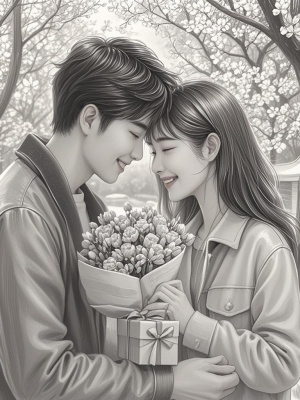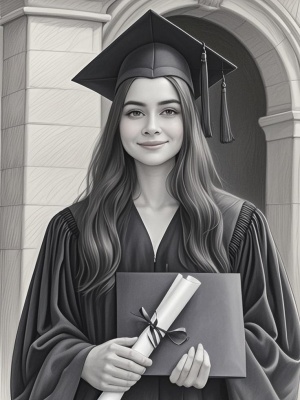The Art of Pencil Sketching: A Timeless Creative Expression
Pencil sketching is one of the most fundamental and expressive forms of visual art. From quick gesture drawings to highly detailed portraits, artist pencil sketches capture the essence of subjects with simple graphite strokes. This article explores the techniques, challenges, and creative possibilities of pencil sketching for artists of all levels.
The Enduring Appeal of Pencil Sketching
Artist pencil sketches have remained popular for centuries due to their accessibility and versatility. Unlike painting or digital art, pencil sketching requires minimal materials - just a pencil and paper. Yet this simplicity allows for incredible depth of expression. Many famous artists like Leonardo da Vinci used pencil sketches to develop ideas for their masterpieces.
Modern artists continue to value pencil sketching for its:
- Immediate and spontaneous nature
- Ability to capture fleeting moments
- Foundation for other art forms
- Therapeutic and meditative qualities
Essential Techniques for Pencil Sketching
Choosing the Right Materials
The quality of your artist pencil sketch begins with proper materials. Graphite pencils come in various hardness grades from 9H (hardest) to 9B (softest). Many artists recommend starting with a range of HB, 2B, 4B, and 6B pencils for versatility. Quality sketch paper with slight tooth provides the ideal surface for graphite adhesion.
Mastering Fundamental Strokes
Basic pencil techniques form the building blocks of sketching:

- Hatching - Parallel lines for shading
- Cross-hatching - Layered lines for deeper tones
- Stippling - Dots for texture
- Blending - Smooth transitions with tools or fingers
Common Challenges and Solutions
Problem: Flat or Lifeless Drawings
Solution: Focus on value contrast by establishing clear light, midtone, and shadow areas. Use references from our gallery to study how light defines form.
Problem: Overworked Details
Solution: Practice gesture drawing to capture the essence first. Set time limits (30 seconds to 2 minutes) to prevent over-rendering.
Problem: Inconsistent Proportions
Solution: Use measurement techniques like sight-sizing or the grid method. Check relationships between elements frequently.
Digital Tools for Pencil Sketch Artists
While traditional pencil sketching remains popular, digital tools offer new possibilities. Our AI painting guide explores how technology can enhance traditional techniques. Tablets with pressure-sensitive styluses can simulate pencil textures remarkably well.
However, many artists recommend maintaining traditional sketching skills as they develop hand-eye coordination and observational abilities that transfer to any medium. As noted in this Tate Museum resource, drawing remains a vital skill across all visual arts.
Conclusion: The Timeless Value of Pencil Sketching
Artist pencil sketches continue to captivate because they represent the most direct connection between the artist's hand and creative vision. Whether used for quick studies or finished artworks, pencil drawings teach us to see the world more carefully and express our observations with simple, elegant marks.
For those interested in exploring pencil sketching further, our blog offers additional tutorials and inspiration. Remember that like any skill, regular practice yields the best results - even just 15 minutes of daily sketching can lead to noticeable improvement over time.
